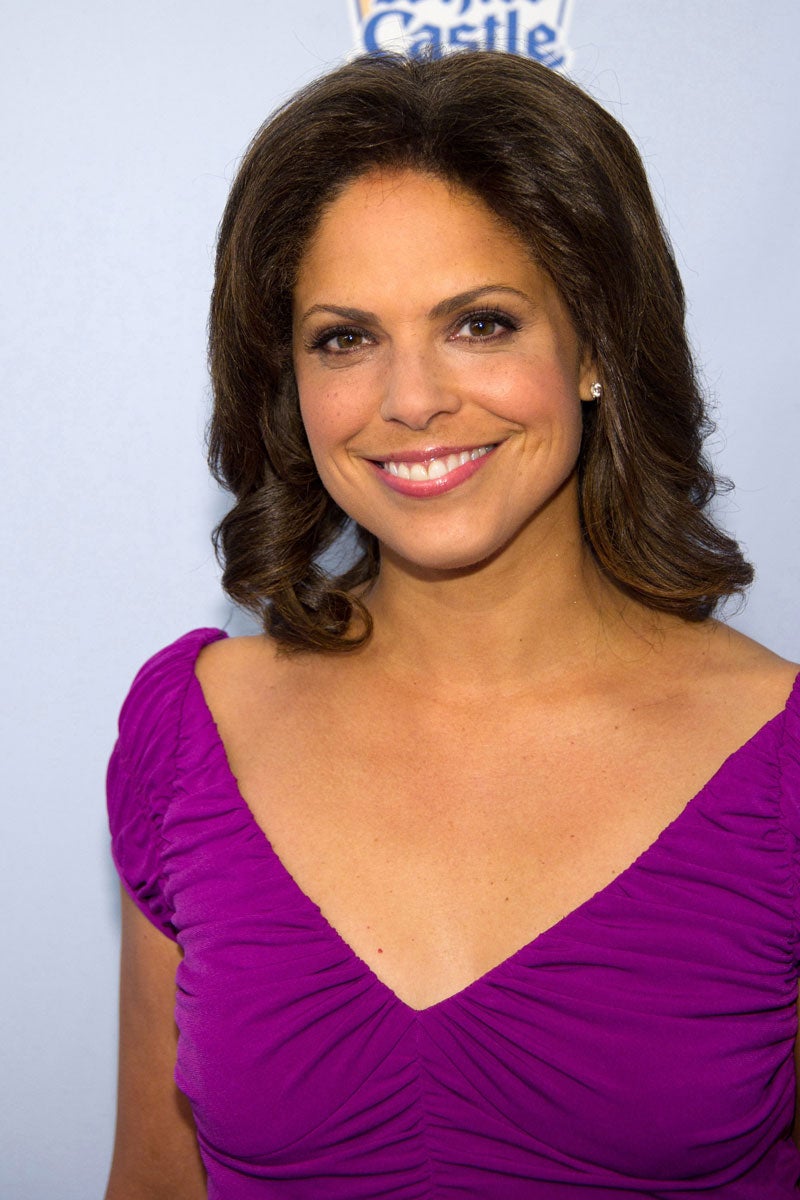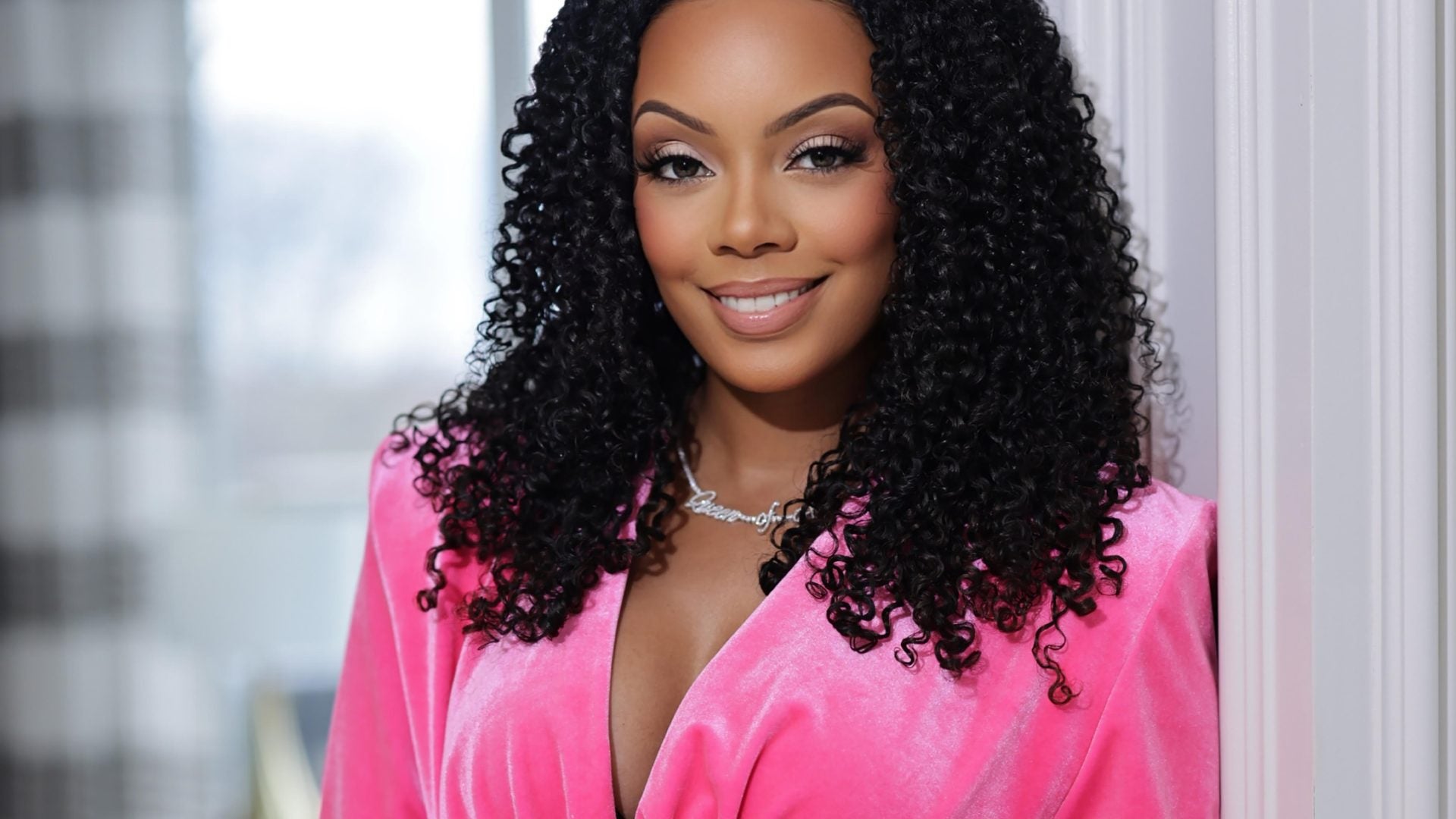
I throw piles of socks and summer clothes into a canvas bag in the dead of winter. “Jackson and Charlie, put on your socks and shoes!” I yell to my 9-year-old twins as I race around packing my luggage while they prepare for school. “Celia and Sofia, organize your backpacks so you don’t forget anything.” Yes, my voice is a little urgent, but the kids are actually enjoying the chaos. Mom is walking them to school this morning—something that would have been impossible just a few months ago.
Back then I would already have been in the office by 3 A.M. or rushing off to the airport to chase breaking news. But not anymore. I’ve taken the leap of faith to stop punching the company time clock and start working for myself. I’m now the CEO of Starfish Media Group, my production company, in New York City.
Now when my children see a travel bag, everyone looks perplexed.
“Where are you going?” Jackson asks as I drop to my knees to help wrestle on a shoe.
“Haiti,” I tell him brightly.
“I thought you didn’t report for CNN anymore,” he says.
“Sometimes I do, but today I don’t. Today I work for me!”
I left CNN early last spring after my morning show, Starting Point, was canceled. Two hours of anchoring and reporting news and conversation five days a week was fun but exhausting. When my show ended, I feared losing the ability to effect change and create an impact. But change was forced on me. It meant leaving an environment in which I had no control over my own destiny. It meant finding what was most important to my spirit. For me, that meant taking control of my destiny.
I had entered journalism pursuing the lofty goal of giving voice to people and stories left outside the national conversation. I dreamed of a diverse and idealistic profession. Yet, over the years of reporting at NBC and CNN, I’d seen a less diverse, less idealistic profession emerging, one in which stereotypes and homogeneity too often defined the workplace and what aired. I was motivated by the young women in my foundation. I started it in 2006 to help girls in need obtain an education. At night I had long talks with people like Nya Buckley, who was worried about how to give Jayden, her gifted 5-year-old, a solid education even as she struggled to pay for her own. Over the years my husband and I have sent two dozen or more girls to college and helped them with whatever else they needed. Contributing to their lives has given me great satisfaction, and I have been pleasantly surprised by how much they have taught me about perseverance and grit, about pushing past obstacles, about re-imagining your life and pursuing happiness.
The fear of how I would answer my kids when they asked, “Mommy, who are you working for?” was only that—a meaningless fear. As I’ve learned, it’s not who you work for, but how you work. Why not work for yourself? That’s what this is really about, overcoming the fear of needing a banner, a reason and comfort. I decided it was time to focus on what truly mattered.
So what does my typical day look like? As a mom, I find it’s no different. I slither through the slush with my four kids, laughing and juggling their requests for play dates, gymnastics and lunch. After a few kisses and jubilant waves good-bye, I’m off to my next self-assignment. In many ways it’s a lot more work and a lot more pressure than what I faced at CNN. I’m the boss now; a lot rides on me. But I glide into a sunny office space that’s peopled with a staff I chose and the music I like and peppered with the hum of computers and editing bays. More than anything, I love that I can say no when an idea or a partner doesn’t fit with my greater purpose.
One recent project reminded me of what I’d left behind. I started a lecture series that was inspired by my reporting on race in America. The Black in America series launched on CNN in 2007 as an opportunity to freshen the national conversation on race. In this new series, we look at how images shape our perceptions about Black Americans and the facts that contradict those images. As I did the research for my lecture series, I remembered how aggravating it was as a correspondent to come in every day fighting for fact over fiction when it came to reporting on the Black community. It was tough to get past the stereotypical coverage of crime, which is often the only image we see of Black men. The project began with some contentious exchanges about race, even among my staff, which was nearly all White. Was the face of Black America the single mom and the prison convict? Or was it the senator from Illinois who seemed poised to run for president even though he was 17 percent behind in the polls?
I recently wrapped up the last leg of our five-city Black in America tour at Ole Miss, where, just a week earlier, it was discovered that the university’s statue of James Meredith had been defaced with a noose around it. The discussions that followed the presentation—to a diverse group—were tough, and healing, and proved to me that there are important conversations to be had in this country about race. It was also a chance to discuss the ways a rainbow of people live their lives. I am now free to have these conversations.
“So much good has come from my choice to pursue this new life”
So where do I go from here? The answer lies in the road I’ve traveled. It has delivered me to the defining symbol of my foundation and my production company.
I first heard the starfish tale by Loren Eiseley from Christian missionaries in Haiti to explain their deep commitment: A boy is walking along a beach where thousands of starfish are stranded. The tide has gone out, leaving them on the sand, and the boy picks them up and starts throwing them back into the sea. A man stops him. “What are you doing?” he asks. “This beach goes on for miles. There are a million starfish. You’ll never pick them all up; you’re wasting your time.” The boy pauses, then picks up a starfish. “I guess it matters to this one,” he says.
And he’s right. It’s always about the one you can save, the story you can tell. So we adopted the starfish name. It’s critical that my businesses have a mission, not just an objective.
It is within that mission that I find my core goal: to tell the untold story on a multiplatform model, which allows me to reach new audiences. My stories may be hour-long documentaries, TV movies, speaking tours or content that travels through other pipelines directly to the public. We’re also focused on highlighting all the things girls can do, and have used the lessons from the girls our foundation has supported to put together an annual summit called PowHERful. That’s how I suddenly feel when it comes to making things happen for communities that often feel powerless.
So much good has come from my choice to pursue this new life of editorial independence as a CEO. I’ve learned that fear limits you and your vision. It serves as blinders to what may be just a few steps down the road for you. The journey is valuable, but believing in your talents, your abilities and your self-worth can empower you to walk down an even brighter path. Transforming fear into freedom—how great is that?
This article was featured in the May 2014 issue of ESSENCE. Pick it up on newstands now.







